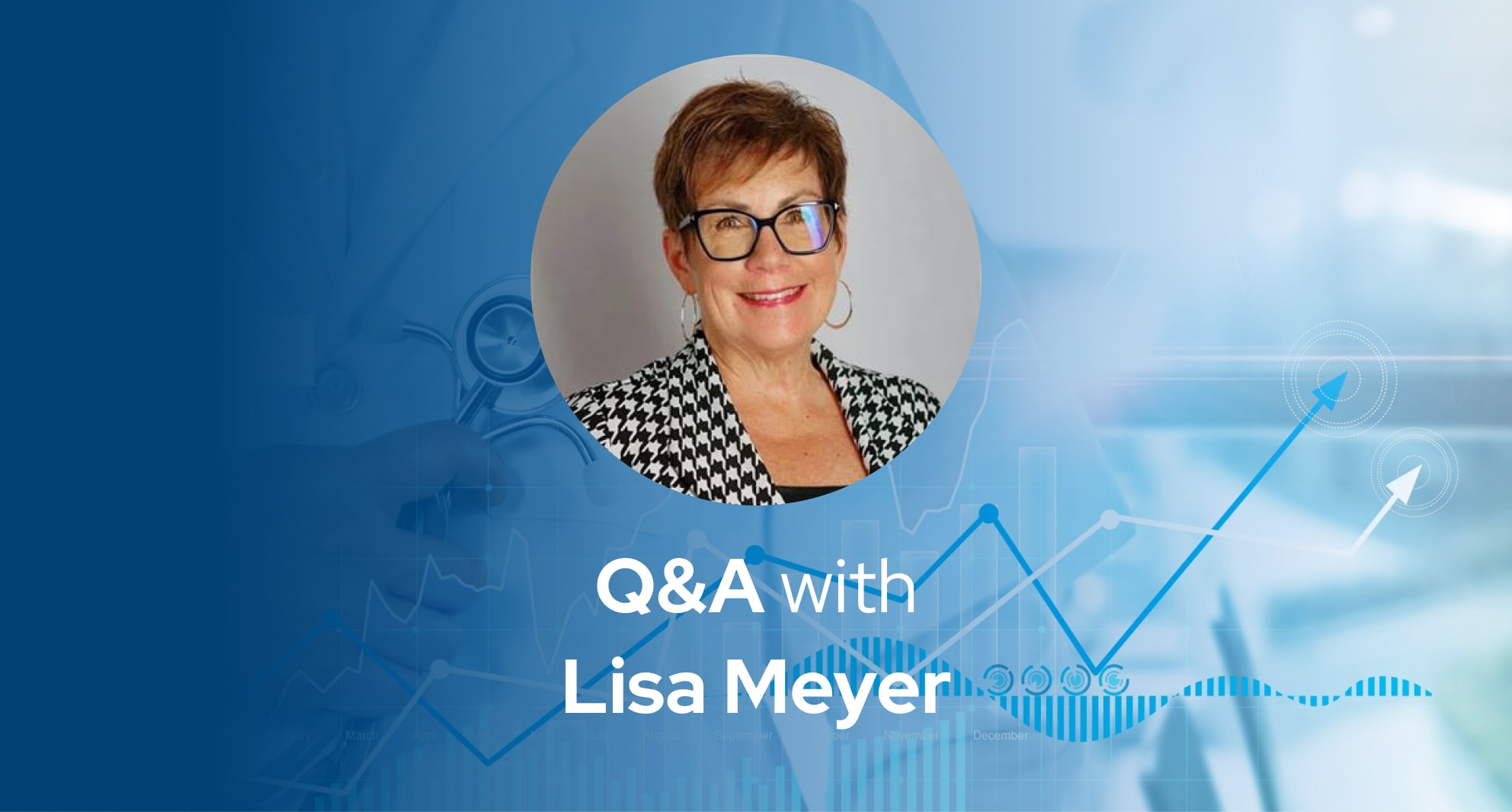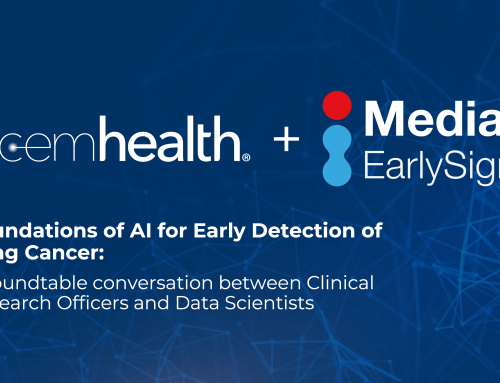
Patient Throughput & Early Disease Detection: Perspectives from Lisa Meyer
In our recent webinar, Lisa Meyer, MSN, RN, NI-BC, Chief Clinical Officer for ABOUT Healthcare, graciously joined us to provide insights on how early detection can improve patient throughput, reduce complexity of care, and address capacity challenges that healthcare organizations typically encounter.
Note: Questions and responses edited for context and clarity.
Patient Throughput Improvements with Early Detection
Lisa, among other things, you have an enviable track record as a nursing leader. But among your many talents and experiences, you’re an expert on hospital patient throughput.
How does early disease detection lead to more predictable and potentially shorter lengths of stay?

“The goal is always to keep the patients out of an acute care facility, but unfortunately that doesn’t always happen, people do end needing to be admitted to the hospital.
We are seeing capacity issues continuing to be a challenge, across the nation, which causes downstream impacts to patients coming in for surgical procedures or coming into the Emergency Department. A patient with a solid tumor that has been caught early, will likely be a very short hospital stay, or possibly even have the procedure done as an outpatient.
When things are not caught early, it can result in longer surgery and all the potential complications that are tied to that procedure. They might find metastasis during the surgery, which triggers additional imaging or consults, and this creates a snowball effect.
With a longer length of stay, your risks for hospital acquired conditions and falls increases, all resulting in additional complications that can have a direct impact to the cancer treatment.
And so, it’s interesting because hospitals are really trying to work at Medicare levels of reimbursement, and the sicker the patients are, the more difficult it is. They are more difficult to place, they’re more difficult to get the care they need at the time they need it. So, the sooner that you can detect disease, even if they do have to come in for a surgery or for treatment, it’s beneficial.
Obviously, all the complications that you’re trying to avoid in that hospital stay are going to be reduced if they’re not as sick — with stage four cancer, for example.”
Real-World Example of Throughput Improvements
Knowing that you have worked with providers across the country in building effective processes to improve throughput, do you have favorite examples of process improvements that have worked well for earlier stage cases that perhaps did not work as well for late stage?

“Yes, one of the technologies that we built is for enhanced recovery after surgery or ERAS, which is a very scripted care pathway for the patient.
For example, colon cancer is one of the ones that was started first. So, if you can imagine, as a patient, if my cancer has been detected early, it will be much easier to follow the pathway. Examples include my pre-op testing, picking up any pre-surgical medications, education, etc. If I’m sicker when I go in to have the surgery, it’s going to be much more difficult for the physician, the nurse, the patient to follow that pathway, and as soon as the patient falls off the pathway, it has a negative result on the outcomes.”
Reducing Downstream Complexity of Care
Can you speak a little bit more about how patient discharge for sicker inpatients is much more complex and how that ultimately impacts throughput in the organization?

“So unfortunately, we see this time and time again. Typically, the sicker patients are not going to be able to go home.
They might have to go to inpatient rehab or be admitted to a skilled nursing facility. Too often, skilled nursing facilities don’t have beds, so the patient is medically ready to leave the hospital, but they remain admitted, because the discharge team can’t find placement for the patient. So again, how do you have the tools to be sure that you get them out as fast as possible, but keeping the patient and the family in the center so that everyone really knows what that plan of care is?
The goal is always to send someone home, but if they can’t go home, the goal is to be efficient and get them the care they need in a timely and efficient manner.
Someone in a later stage of cancer, is more likely to need things like durable medical equipment, home health care, or even be admitted to hospice.
So really, you don’t need to even think of those things if you’re in earlier stage detection. Where I’m just going to go in, they’re going to remove the tumor, I’m going to go home, and I’m going to do my outpatient follow up as needed.”
Capacity Challenges
Continuing to pull on that thread – there have been plenty of conversations, over the last three years, about capacity challenges driven by staffing. And this is happening all over the country with skilled nursing facilities shutting down, mostly driven by staffing challenges and how that backs up patient flows, right?
How does that cause backups? Because when patients can’t be discharged from the hospital to skilled nursing, it means they’re taking hospital beds, which means hospitals go on divert.

“It backs up everything.”
Question Continued: And so certainly it just reemphasizes that if we’re able to identify disease early, you’re much less likely to need that skilled nursing discharge.

“Definitely.”
Ways to Improve Patient Engagement
‘Smart implantables’, like central catheters with more advanced technological capabilities, open several possible benefits when looking at them through an early detection lens, whether it is more biometric information being collected or earlier indicators of deterioration.
Beyond that, what benefits do you see these smart implantables having for provider organizations and patient engagement?

“I think that’s always part of engaging the patient, right? If it’s another tool that you can use to keep the patient engaged and have them be a lifetime patient of your healthcare system.”
Curious to learn more about the benefits of early disease detection? Check out the webinar recording or head over to our blog!
